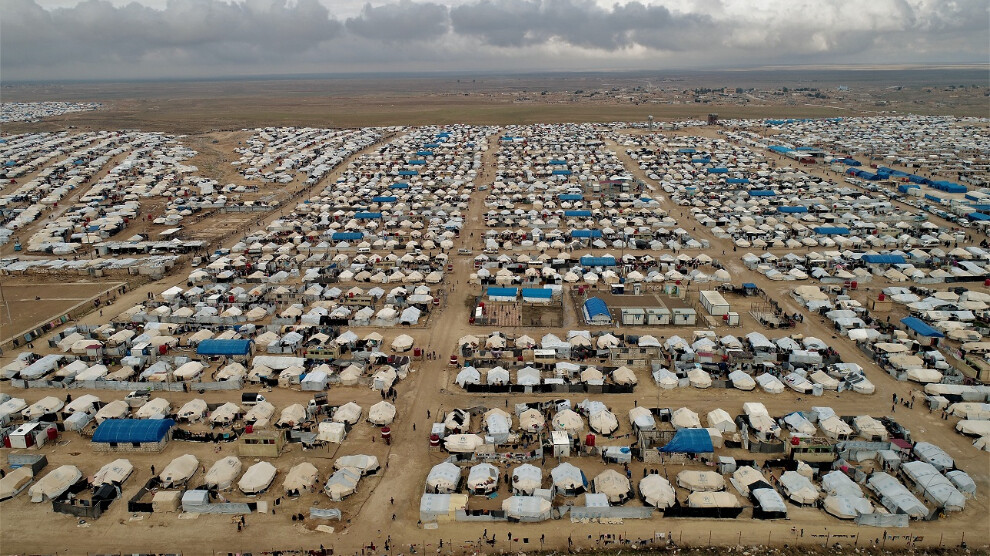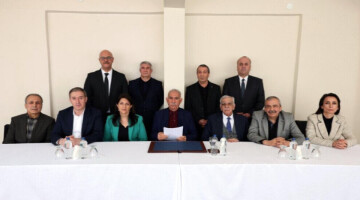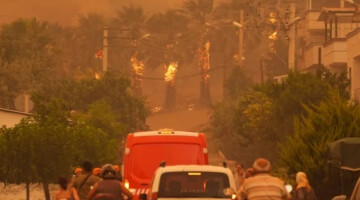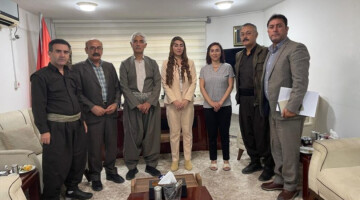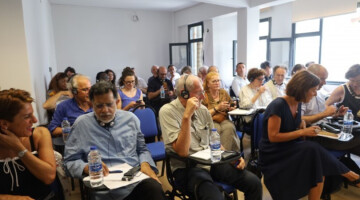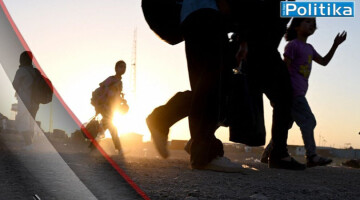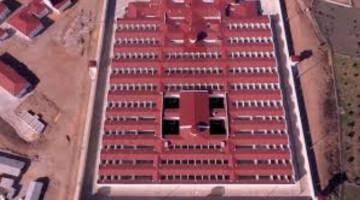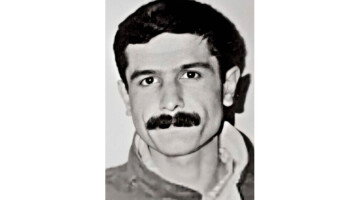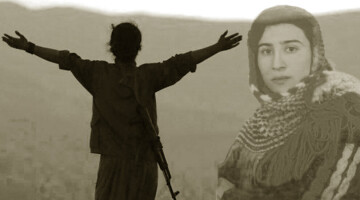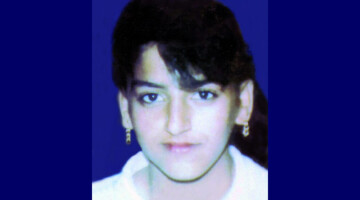Hol Camp, which is 45 km east of Hesekê, is the largest camp in the region both in terms of population and area. In Hol Camp, known as the most dangerous camp in the world, the Autonomous Administration continues to work on the return of Syrian families in the camp to their homes.
Established by the United Nations (UN) High Commissioner for Refugees in 1991, the camp was first used to shelter Iraqi refugees who fled the Gulf War.
The camp was used once again during the migration waves that occurred as a result of the US intervention in Iraq in 2003. With the onset of the Syrian crisis, ISIS mercenaries that occupied the camp began to use it as a center for them. Liberated by SDF forces in October 2015, the camp has been under the control of the Autonomous Administration since then.
ISIS families placed in the camp after March 2019 campaign
Families of ISIS mercenaries were placed in the camp after the campaign to end ISIS launched in March 2019. Tens of thousands of women and children, mostly ISIS members, from 53 different nationalities live in the camp.
Families of ISIS held in the camp have recently begun to carry out brutal attacks against other camp residents who do not accept the ISIS mentality.
On 9 October 2019 the Turkish state attacked Rojava once again and ISIS families have since then tried to escape from the camp many times, often also with the help of Turkey. The camp poses a major threat to the region and the world, as the International Coalition does not provide sufficient support to keep it under control.
64,373 people are living in the camp
According to the latest data of the Hol Camp administration, there are 17,693 families – for a total of 64,373 people - in the camp. This population consists of 8,209 families (for a total of 30,606 people from Iraq), 6,706 families (for a total of 24,223 people from Syria) and 2,778 families (for a total of 9,544 people) citizens of 55 different Arab and European states.
The camp administration said that before the families of ISIS were resettled, the camp population was 9,500, of which 6,500 Iraqi citizens and 3,000 Syrian citizens. With the resettlement of ISIS families, the population increased to 64,373.
The camp administration has started to work on the return of the families of Deir Ez-zor, Raqqa and Tabqa to their homes since last year.
4,789 people have returned to their homes
Within the scope of this return program, 4,789 people have been taken out from the camp so far, divided in 27 different groups. It was determined that all of the people who left the camp did not commit any crimes during the ISIS occupation period and had no relations with ISIS mercenaries. The Autonomous Administration continues its efforts to return people who are not affiliated with ISIS to their homes.
No help from foreign countries whose citizens are still in the camp
On the other hand, 55 different countries whose citizens are in the camp do not make any attempt to prosecute the criminals or take the innocent back to their countries, despite all the calls of the Autonomous Administration.

